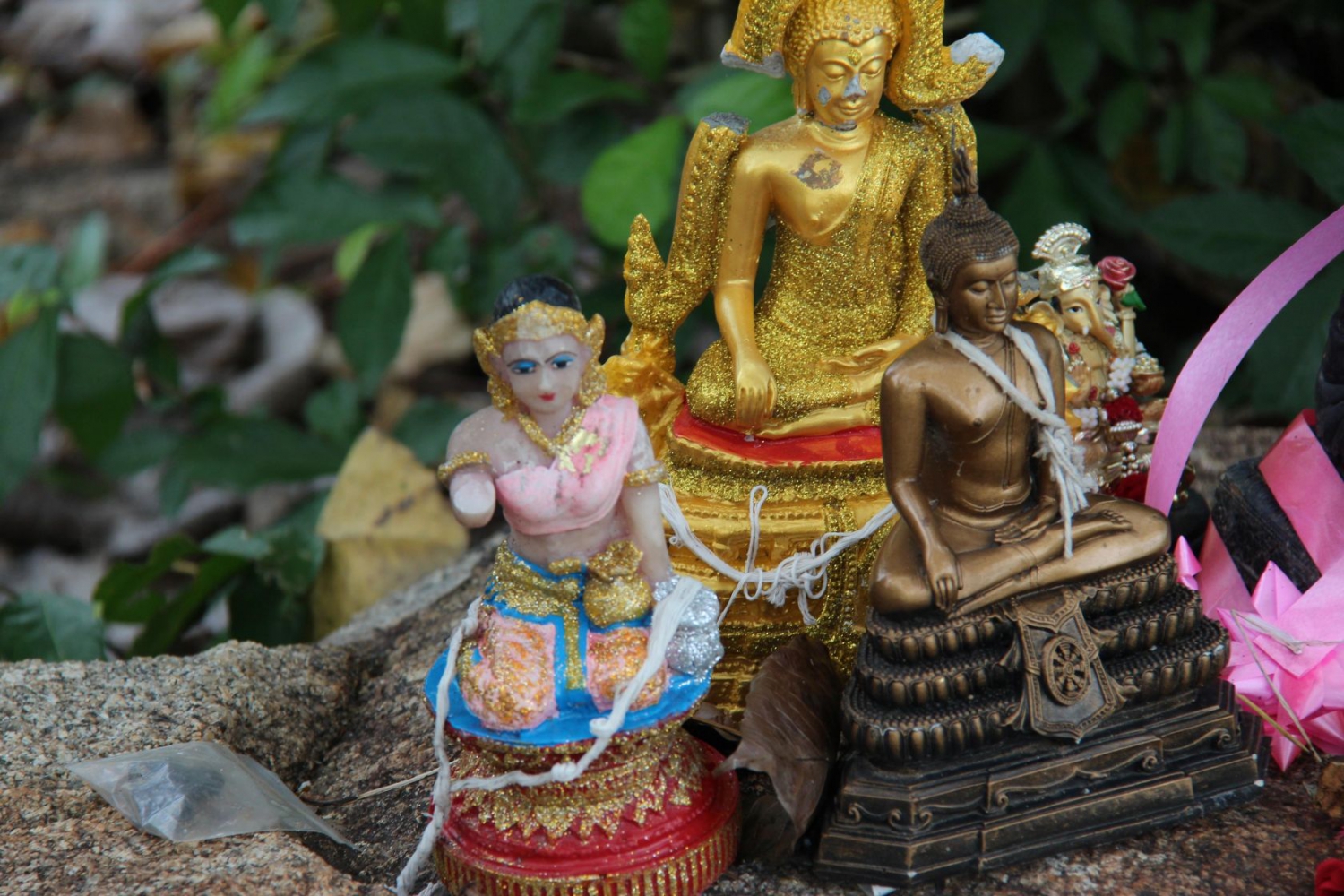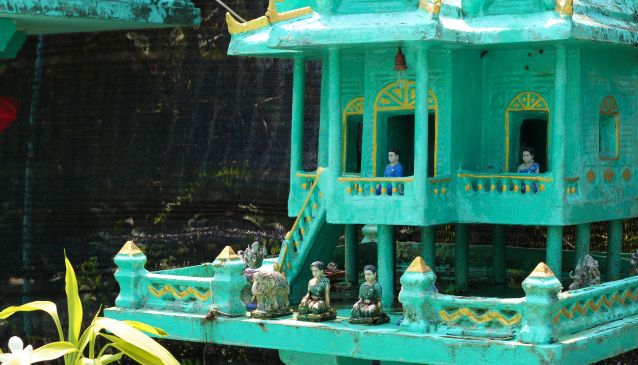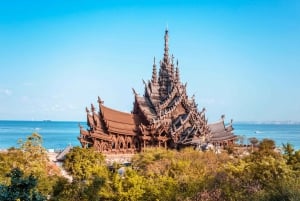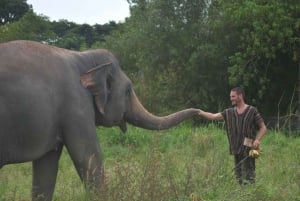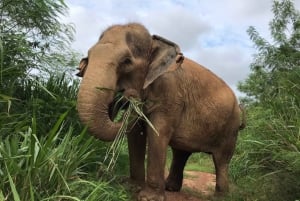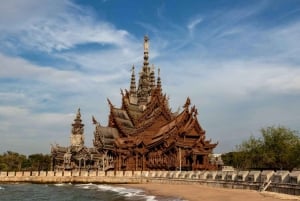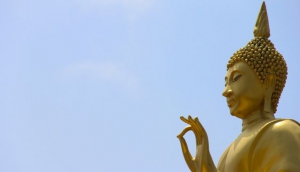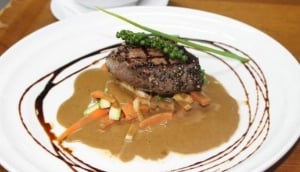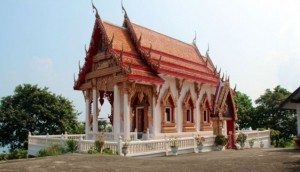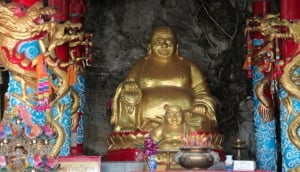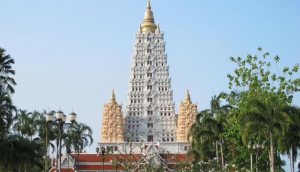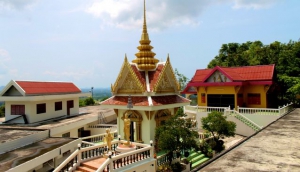Exploring Thailand’s Animist Roots
A central part of animism is a sense that a non-living object could possess a type of spirit
Book Top Experiences and Tours in Pattaya:
If youʻre booking your trip to Pattaya last minute, we have you covered. Below are some of the top tours and experiences!- Pattaya: Mini Siam Entry Ticket
- Bangkok Airports: Transfer Pattaya, Hua Hin, and More
- Pattaya : Ethical Elephant Sanctuary Interactive Tour
- From Bangkok: Pattaya Private Day Trip with Transfer
- Tiffany's Show Pattaya: Cabaret Show Entry Ticket
My first encounter with a Thailand spirit house (san phra phum) occurred outside of my apartment where a miniature diorama had been constructed in a way that appears like an extraordinarily fancy birdhouse mounted on a pillar. Every morning, my neighbours light incenses and offer bowls of rice to the invisible inhabitants.
These houses may be installed through the assistance of a Brahmin priest, and they are literally the locations where spirits dwell. The Thai way of dealing with spirits is more focused on appeasing them by providing shelter and something to snack on, versus the standard western method that includes calling the Ghost Hunters on the SyFy Channel or trying to exorcise them away.
As it turns out, almost every establishment in Pattaya contains some type of shrine, typically a san phra phum. One of the more noteworthy aspects of this is the commitment by the shrine’s owners to keep the spirits appeased. I commonly find waitresses scrambling to serve their invisible guests as if the shrine contained some type of particularly unruly customer.
This Hindu practice has strong roots in native animism. These beliefs assert that the spirit world is simultaneously intermingled with the physical corporeal world. It is not confined to a single religious belief but is present in everything, from certain forms of Buddhism, to Shintoism, and ancient Pantheism.
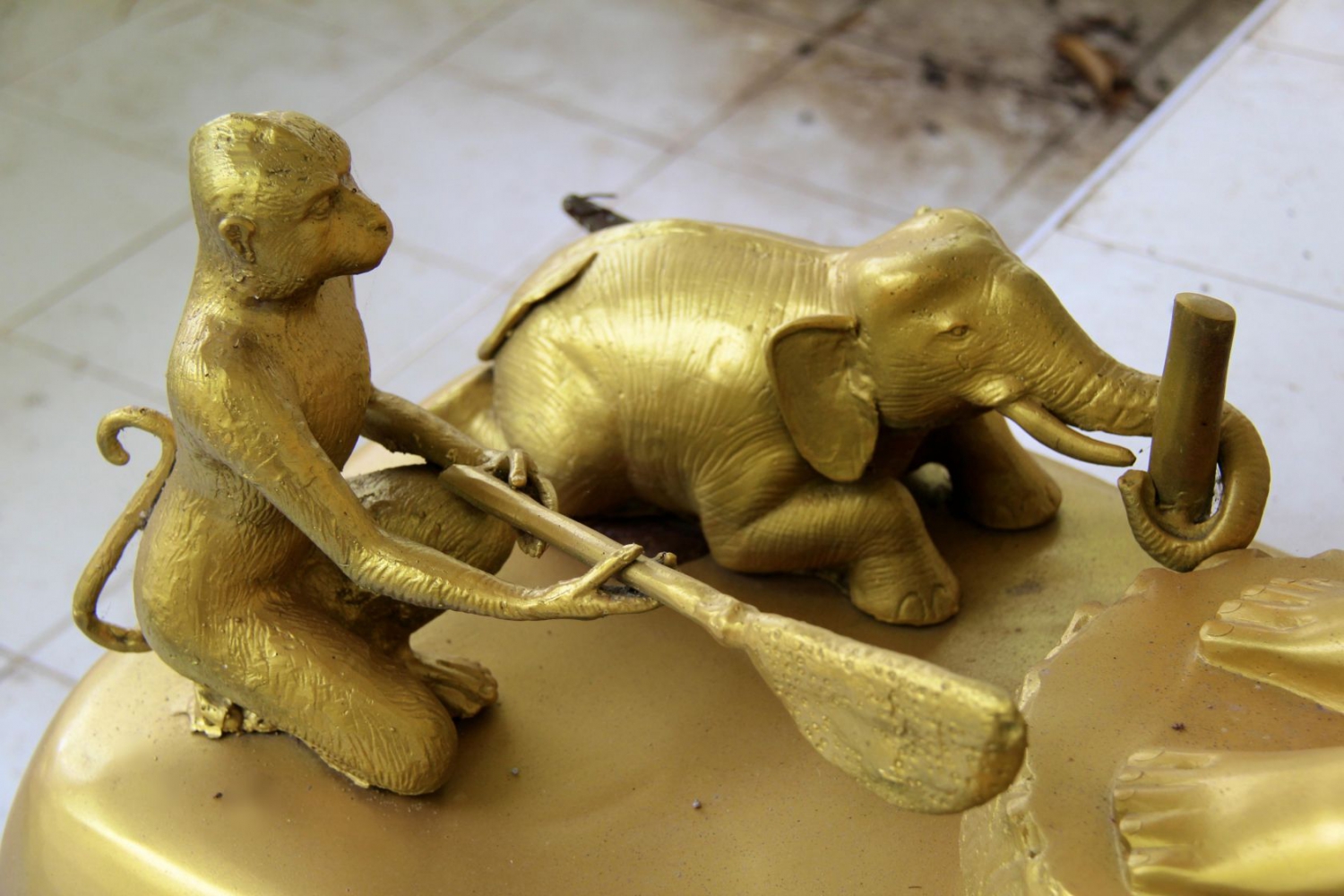
Be Kind to Your Inanimate Objects
A central part of animism is a sense that a non-living object could possess a type of spirit or consciousness. As such, the idea by children that a toy—perhaps a teddy bear—has developed its own type of sentience or individuality could be considered a type of animism. In the religious context, this belief applies in particular to objects of worship. When it’s believed an artifact possesses some type of life, the sacred nature of the item becomes much more apparent.
Be Kind to Animated Things, Too
Although a statue or any other non-organic specimen could be revered as alive, things that actually are alive are also given special attention. Animistic beliefs typically dictate that nature is interwoven with every living creature, and so a human being is part of the same equal system that includes animals which we typically think of as “lesser evolved” creatures; like perhaps eels, worms, or the squirmy things that live in seashells.
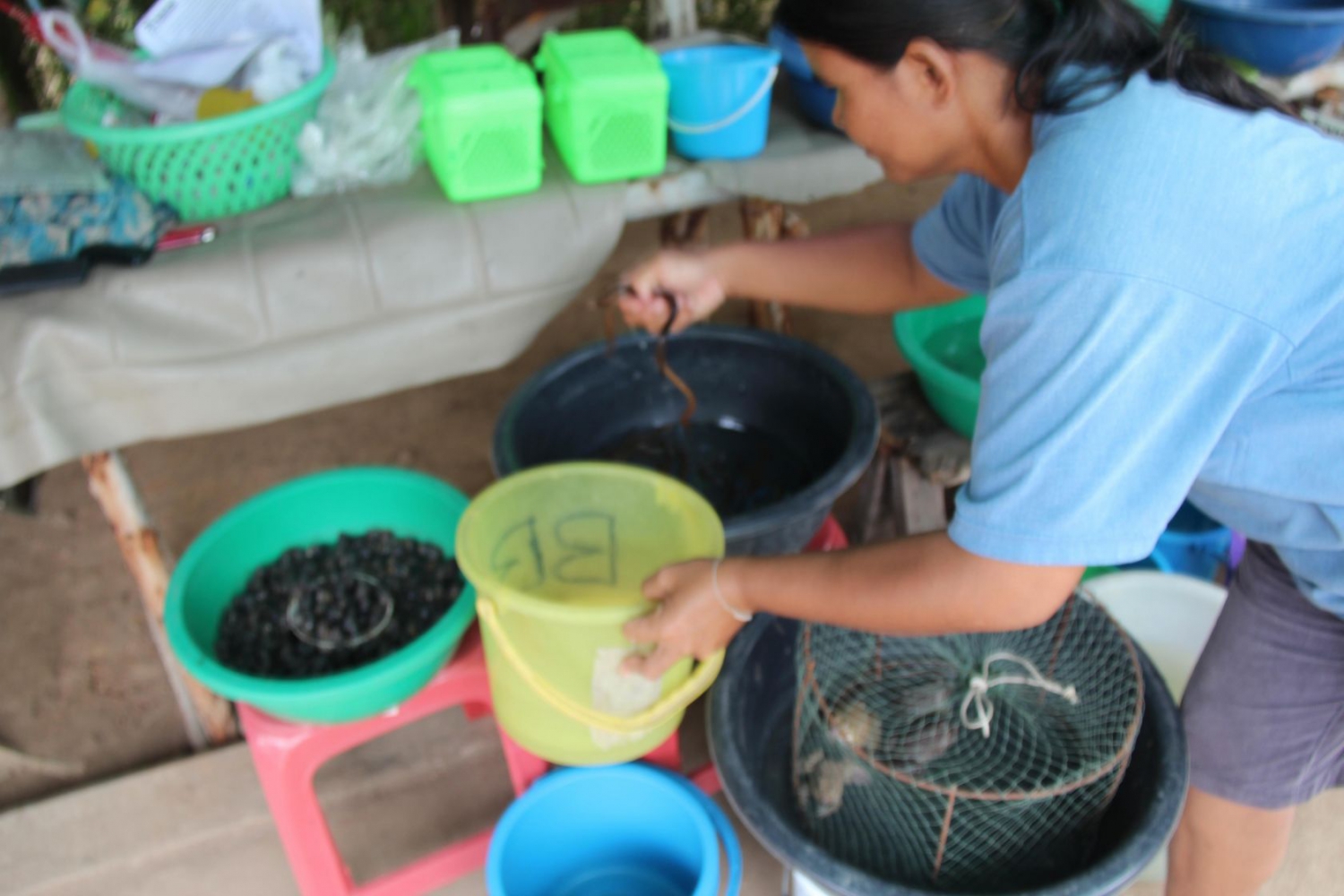
First Hand Experiences
As I travelled further into the Chonburi district that expands south from Pattaya towards the Silverlake Wineries and Sattahip, I had the opportunity to explore first-hand the ways that many of these beliefs and traditions are carried out.
A common Buddhist ritual that may appear a bit unusual to the unacquainted eye of a farang is the practice of releasing freshwater critters back into their natural habitat. Most people don’t care very much about the well being of creepy crawly eels, frogs and snails, so I found myself appreciative of the idea of being kind to some of nature’s less lovable creatures.
For the price of only around B10-B20 per animal, you can pick what creatures to save, and then hike to the nearby freshwater pond to deliver the critters back into their habitat. When I saw a few eels wriggling around in a plastic bucket without nearly enough water to be happy, I felt compelled to rescue the poor squirming things.
The first step is to light a number of incenses, pray over the water, and then unceremoniously dump the bucket of eels back into the lake. Subsequently, food is sprinkled around the pond, and the happy eels, frogs, miniature turtles, fish and whatever else you elected to save prance to the surface to enjoy their much needed meal.
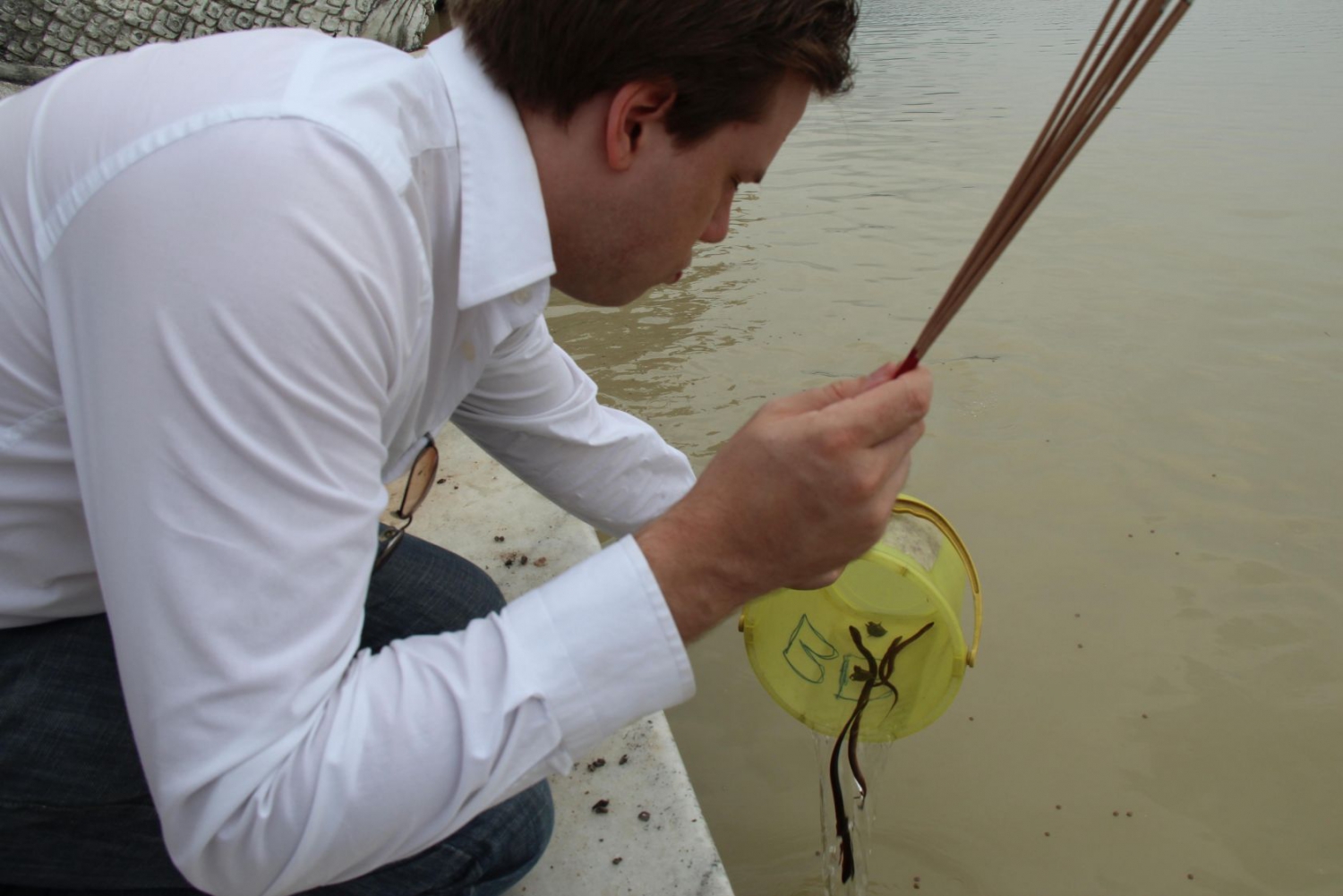
Animist Influence Everywhere
The pristine little reservoir that I released the eels spread out into a fairly lush park, and this is where I encountered what I was told is a common sight around Thailand: a shrine of broken statues nestled under a tree.
Statues of worship that become cracked, as well as old and broken spirit houses are not simply discarded, as this could displease the spirits that surround such objects. Instead, a sacred tree is located in the neighbourhood and a small shrine is created that is dedicated to the broken objects.
Similar shrines as the one I found can be located across the countryside. Shrines are erected for a variety of purposes that range from providing significance to some type of personal or historical location, to roadside shrines to honour the deceased who die in traffic accidents.
Final Thoughts
A major part of your visit to a place like Pattaya should include an understanding of native customs. Animist influence is fairly subtle—you won’t find everyday objects such as toilet paper rolls or toothbrushes considered as sacred, living adornments—but when you scratch beneath the surface and observe Thai spiritual customs, the essence of animism comes to life.
